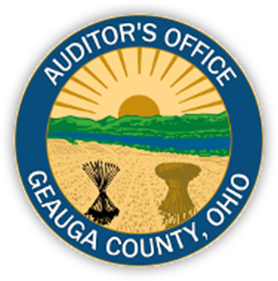What do I need to fill out an initial application?
Income returns and/or receipts that prove commercial agricultural use. Also, the application requires an aerial photo that details land usage, or applicants can come to our office for an informal interview.
Are there any application/renewal fees?
Initial applications cost $25.00. Renewals have no charge.
What qualifies for CAUV?
Commercial animal or poultry husbandry, algaculture, aquaculture, apiculture, field crops, tobacco, fruits, vegetables, nursery stock, ornamental trees, sod or flowers, and the commercial production of timber.
What doesn’t qualify?
Agricultural use excludes processing facilities and plants such as grain elevators, slaughtering plants, and wineries.
What if the land converts into non-agriculture use?
The land loses CAUV eligibility and the owner pays the recoupment, a fee determined by the tax savings over the previous three years.
Must I own a farm for three years before I apply?
No. The land determines the qualification, not the owner.
How does CAUV value differ from fair market value?
CAUV derives value from the expected net income from farming, while the fair market determines value based on the highest and best sales of similarly situated farms.
How will CAUV reduce my taxes?
The program affects farmers differently and depends on the soil type(s) and size of the farmland. The tax value is 35% of the CAUV value. See below for more details.
How are CAUV values calculated?
The Ohio Department of Taxation implements several criteria, such as yield information, cropping patterns, crop prices, and non-land production costs. For more information, read their explanation of the calculation for 2021.
